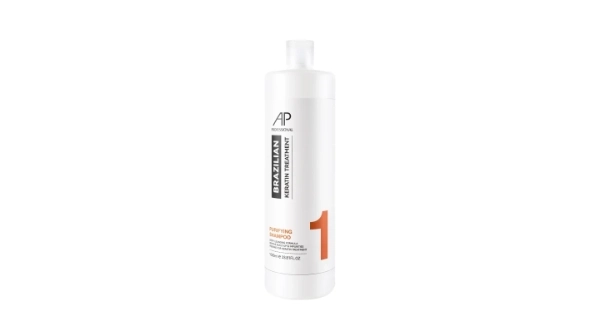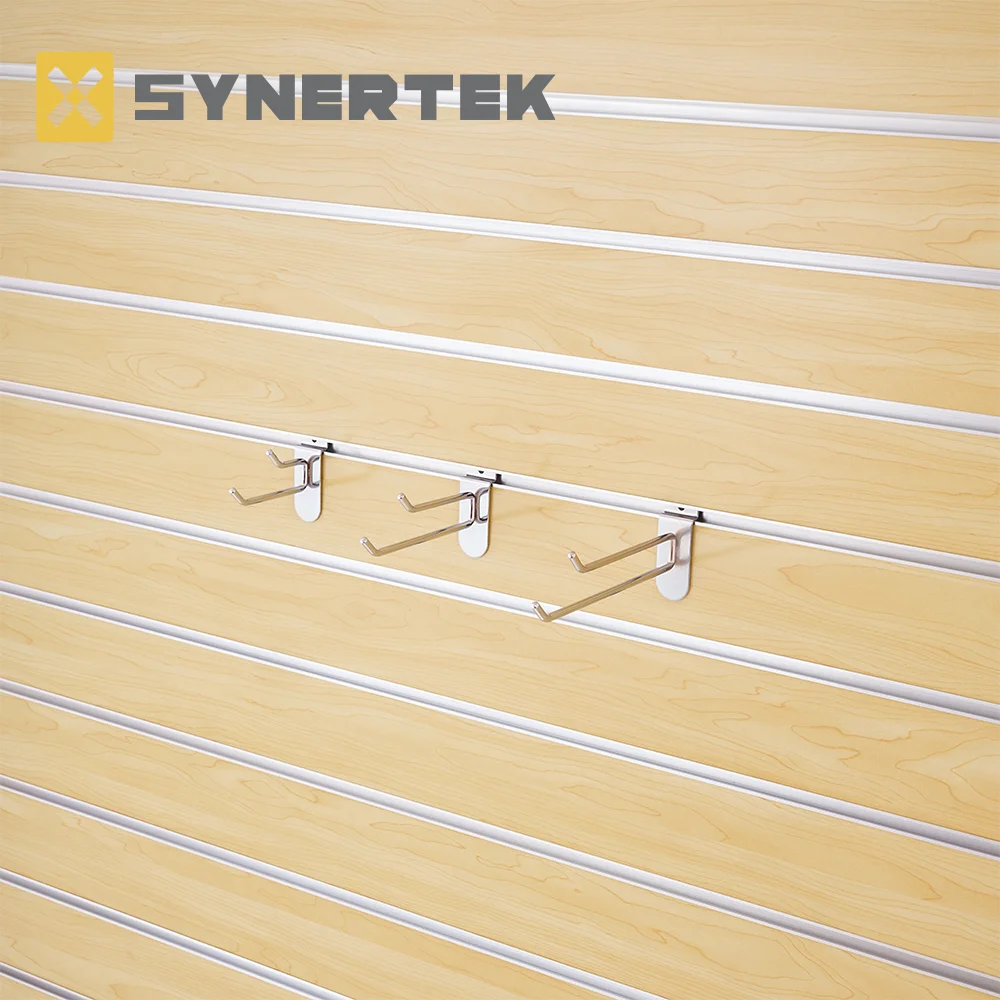When it comes to constructing a concrete slab, whether for a residential patio, a commercial building, or an industrial facility, the choice of fill material beneath the slab is crucial. The right fill not only supports the weight of the concrete but also plays a significant role in preventing cracking, settling, and moisture issues. This article delves into the various fill options available, their benefits, and considerations to help you make an informed decision.
Understanding the Role of Fill Under Concrete Slabs
Before we explore specific fill materials, it’s essential to understand why fill is necessary. The fill serves multiple purposes:
- Load Distribution: It helps distribute the weight of the concrete slab evenly across the ground, reducing the risk of localized failure.
- Drainage: Proper fill can facilitate drainage, preventing water accumulation that could lead to erosion or weakening of the slab.
- Frost Protection: In colder climates, the fill can provide insulation against frost heave, which can cause significant damage to concrete structures.
- Settlement Prevention: A well-compacted fill minimizes the risk of settling, which can lead to cracks and structural issues over time.
Common Fill Materials for Concrete Slabs
- Gravel:
- Description: Crushed stone or gravel is one of the most popular choices for fill under concrete slabs. It is typically composed of angular stones that interlock well when compacted.
- Benefits: Gravel provides excellent drainage, reducing the risk of water pooling under the slab. It also offers good load-bearing capacity and is relatively inexpensive.
- Considerations: Ensure that the gravel is well-graded to prevent voids that could lead to settling.
- Sand:
- Description: Sand is another common fill material, often used in conjunction with gravel.
- Benefits: It is easy to work with and can provide a smooth surface for slab placement. Sand also drains well, which is crucial for moisture management.
- Considerations: While sand can be effective, it may not provide as much load-bearing capacity as gravel, especially if not compacted properly.
- Crushed Stone:
- Description: Similar to gravel, crushed stone is made from larger rocks that have been crushed into smaller pieces.
- Benefits: It offers excellent drainage and load distribution. The angular shape of crushed stone helps it lock together, providing a stable base.
- Considerations: Like gravel, it should be well-graded to avoid settling issues.
- Foam Board Insulation:
- Description: In some cases, especially in colder climates, foam board insulation is used as a fill material.
- Benefits: It provides thermal insulation, preventing frost heave and maintaining a stable temperature beneath the slab.
- Considerations: While it offers insulation benefits, it may not provide the same load-bearing capacity as traditional fill materials.
- Recycled Materials:
- Description: Recycled concrete or other materials can be used as fill.
- Benefits: This option is environmentally friendly and can be cost-effective. Recycled materials can provide good drainage and load-bearing properties.
- Considerations: Ensure that the recycled material is clean and free of contaminants that could affect the integrity of the slab.
Factors to Consider When Choosing Fill
- Soil Type: The existing soil conditions play a significant role in determining the best fill material. Cohesive soils may require different fill options compared to granular soils.
- Load Requirements: Consider the weight of the concrete slab and any additional loads it will bear. This will help you choose a fill material with adequate load-bearing capacity.
- Moisture Management: Evaluate the drainage characteristics of the fill material to prevent water-related issues.
- Climate Considerations: In colder regions, frost protection should be a priority, influencing the choice of fill material.
- Cost and Availability: Budget constraints and the availability of materials in your area can also impact your decision.
Conclusion
Choosing the best fill for under a concrete slab is a critical decision that can significantly affect the longevity and performance of your concrete structure. By understanding the various fill options and their respective benefits and considerations, you can make an informed choice that ensures stability, prevents moisture issues, and accommodates load requirements. Whether you opt for gravel, sand, crushed stone, foam board insulation, or recycled materials, the right fill will contribute to the overall success of your concrete project. Always consult with a professional engineer or contractor to tailor your choice to the specific conditions of your site.






+ There are no comments
Add yours